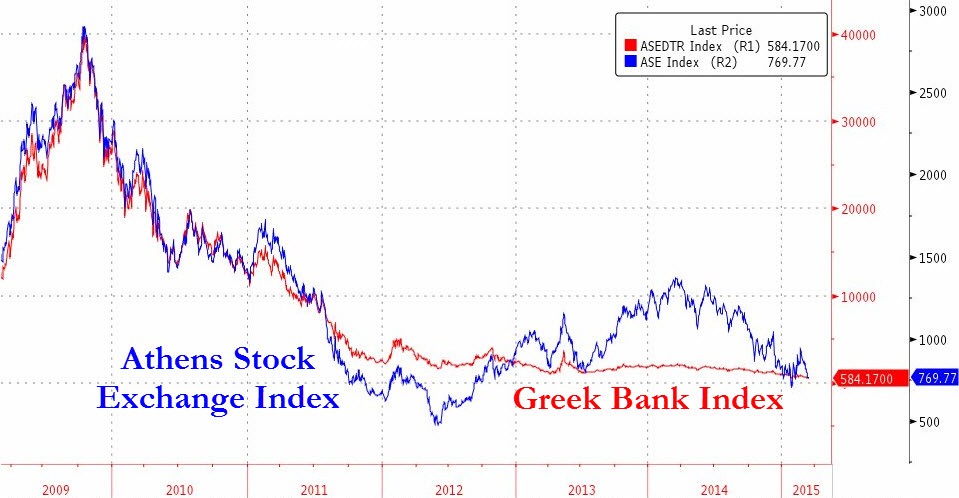In a bull market pension funds remain the havenots
Post on: 22 Июль, 2015 No Comment

The schemes of eight pension funds appointed by the Pension Fund Regulatory and Development Authority failed to attract any investor interest for lack of incentives to distributors and lack of tax advantages. (Thinkstock)
Other Articles
The rising tide in the stock market seems to have bypassed pension funds even as the net inflow into equity schemes of mutual funds have hit a record Rs 55,782 crore in the first 10 months of the current financial year.
The schemes of eight pension funds appointed by the Pension Fund Regulatory and Development Authority failed to attract any investor interest for lack of incentives to distributors and lack of tax advantages.
Over the last 10 months, the assets under management (AUM) of pension schemes of the eight fund houses rose by only Rs 789 crore in the period between April 2014 and January 2015 and now stands at Rs 1,888 crore. Over the same period, the AUM of equity mutual funds doubled to Rs 3,02,205 crore during the same period.
While the overall AUM for all schemes under New Pension System have grown from Rs 48,137 crore in March 2014 to Rs 76,093 crore at the end of January 2015, almost 90 per cent of that additional money came into Central government and state government employee schemes which needs no marketing and the money lands into the accounts by default. Only government-owned entities — SBI, UTI and LIC — get inflows under these two schemes.
On the other hand, the private schemes of eight pension fund managers that allows investment by all individuals across the country into them offers three options for investment — equity, corporate debt and government debt.
There however seems to be no correlation between inflow of funds into the schemes and their performance. A look at the performance of equity schemes of three pension funds — ICICI Prudential, Reliance and SBI — shows that the funds have generated a return of anywhere between 32.7 and 33.1 per cent between April 2014 and January 2015 and have outperformed the Sensex return which stood at 30.3 per cent for that period.
Similarly, corporate debt and government debt schemes of the three pension funds have generated a return that varies between 14.5–20 per cent.
Also, NPS is the cheapest product available in the market as the fund management charges stand at only at 0.01 per cent as against a fund management fee of anywhere between 0.5 and 1.5 per cent for debt and equity schemes of mutual funds. Also the distribution cost is only 0.25 per cent of the investment amount with a floor and cap on the fee. This is significantly lower than the 1 per cent paid to mutual fund distributors.
Financial planners say the low popularity of the schemes is due to the tax treatment at the time of withdrawal.
“While equity investment in mutual funds attract no capital gains tax, in case of NPS the amount is taxable at the time of withdrawal and that also discourages investors from getting into NPS. Also in case of NPS, a portion of the accumulated money has to be annuitised, which takes away the flexibility when it comes to withdrawal of funds for different purposes,” said Vishal Dhawan of Plan Ahead Wealth Advisors.














